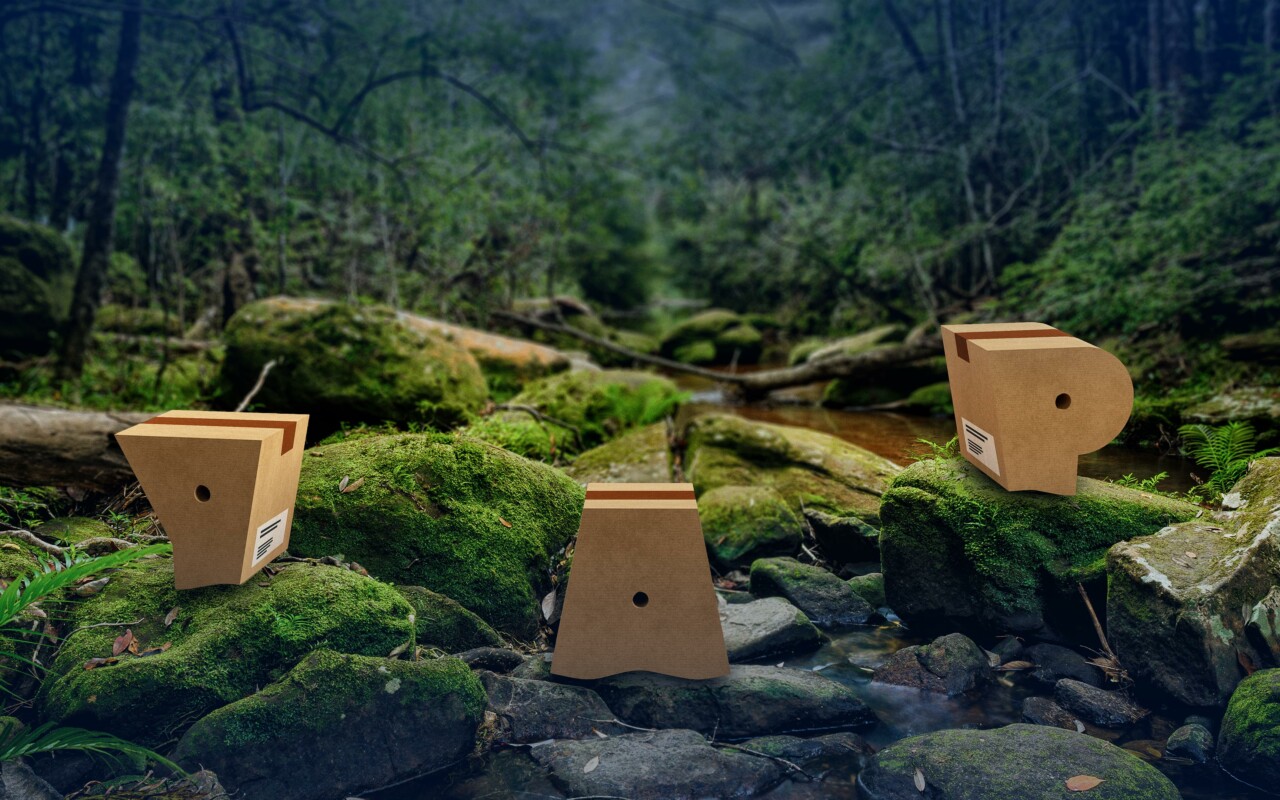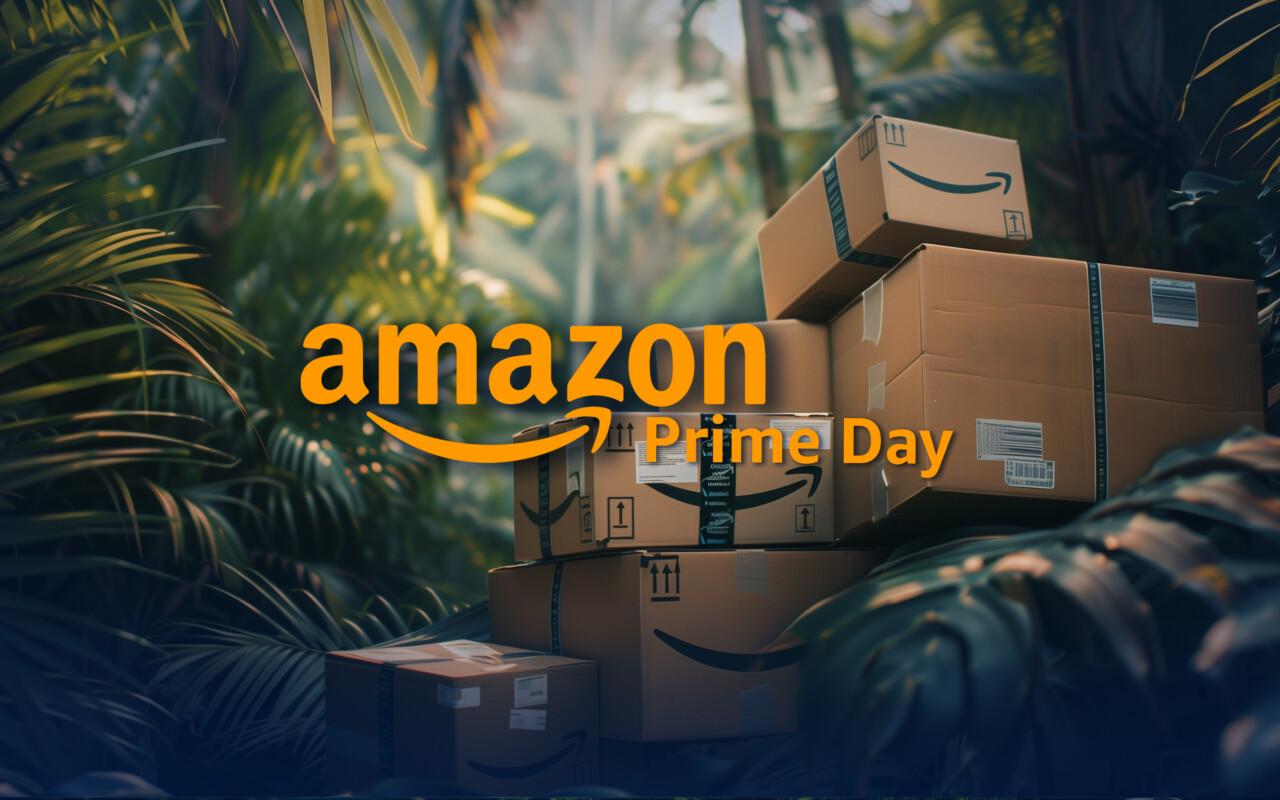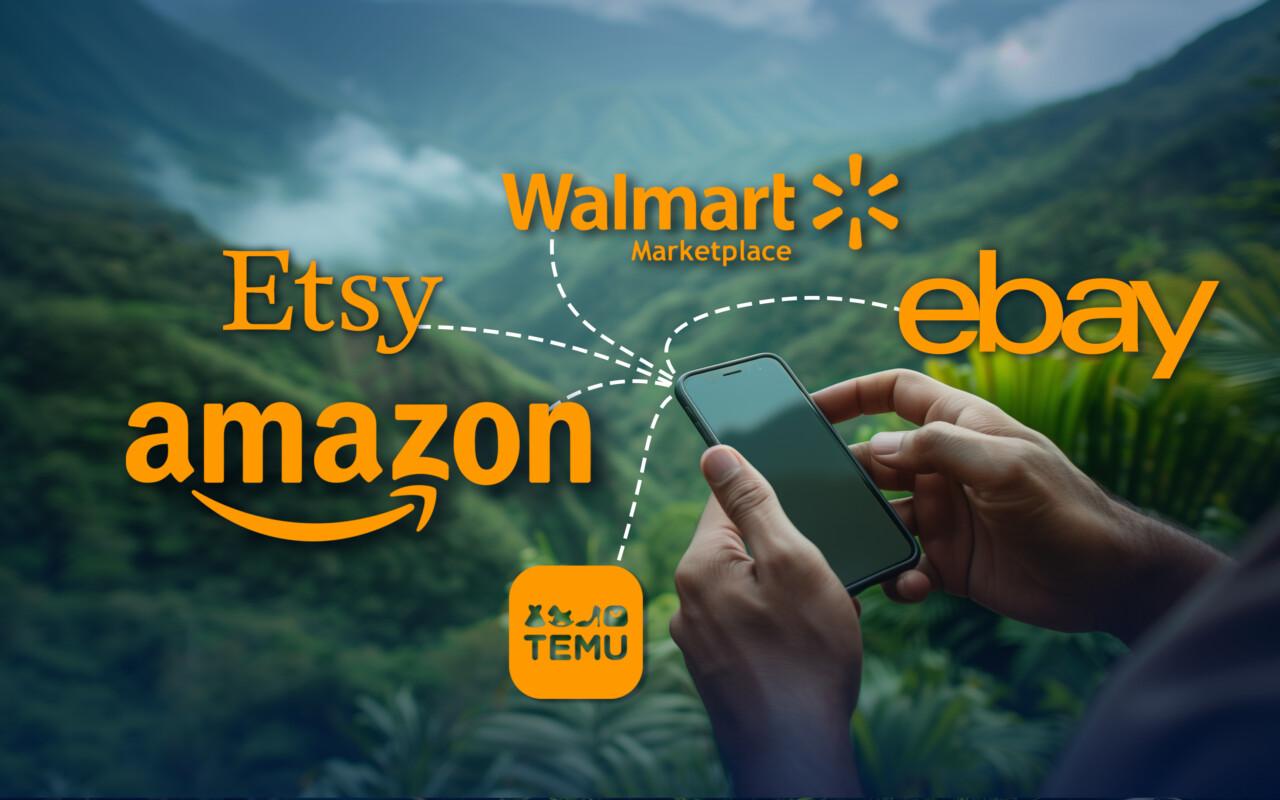How is Etsy different from Amazon? Will Etsy challenge Amazon in the future? How can I list my products for sale on the Etsy platform?
As we saw in our blog a few weeks ago, a significant number of current Amazon sellers will be selling or planning to sell on other channels in 2024. One of the most common alternative platforms (as also seen in Jungle Scout’s State of the Amazon Seller 2024 study) is the Etsy e-commerce platform. In this blog, we’ll take a closer look at how Etsy differs from Amazon and how you can get your products listed on the Etsy platform.
60% of Amazon sellers sold their products on at least one other channel in 2023
Read more: Amazon seller’s outlook for 2024
What is Etsy
Like Amazon, Etsy is an online marketplace where sellers can independently list their products for sale in different categories. Unlike Amazon, Etsy focuses more on handmade products, festive products, customized products and various arts and crafts items, rather than all-encompassing sales. Recently, Etsy has also added new categories to its platform in an effort to expand its product offering. Nevertheless, the main focus of the platform remains on the above categories, partly due to the strong image that users have of the platform. What are the similarities and differences between the two platforms?
Amazon has also created a dedicated Amazon Handmade segment on Amazon for handmade products
Similarities
Popular. Another interesting feature of Etsy is the strong growth in the number of visitors over the last few years. Etsy’s annual visitor numbers more than doubled from 46.3 million in 2019 to 93.9 million in 2022. The platform has also seen an equally large change in its sellers. In 2019, Etsy had 2.6 million sellers on its platform, which increased to 7.3 million in 2022. Today, the platform reaches 96.2 million users and 8.3 million sellers annually. Amazon, on the other hand, reaches 310 million active users, 2.7 billion monthly visitors and 9 million active sellers annually.
Read also: Where do you look first when considering online shopping?
Growing. Like visitor numbers, revenue has also seen strong growth across both platforms. Etsy’s own revenue has grown many times over from 0.81 billion in 2019 to 2.74 billion in 2023 (238.27%). Similarly, Amazon’s revenue has doubled from 280.5 billion in 2018 to 574.9 billion in 2023 (104.96%). However, when looking at the figures, it is important to remember that it only reflects the company’s own revenue. Another interesting indicator of the size of an e-commerce platform is the total turnover (GMV) of products sold on its platform. For Etsy, this turnover was 13.1 billion in 2023, compared to Amazon’s 728.8 billion.
An easily noticeable and significant difference between Amazon and Etsy is size. This is a reflection of Amazon’s undisputed leadership in online shopping, its wider product range and the greater concentration of shoppers seen online from individual online stores to centralised marketplaces.
Read also: Why Amazon: the world’s largest marketplace opens up opportunities for businesses of all sizes
Competed. Although Etsy is smaller than Amazon, the two platforms are linked by fierce competition to rank products on the first pages of searches. It’s important to remember that while Etsy has fewer active sellers than Amazon (8.3 vs. 9 million sellers), Etsy is much more limited in the number of product categories. For example, if you search for products using the keyword “photo frame”, you will get more than 30 000 results on Amazon. A similar search on Etsy will return around 350 000 results. So it goes without saying that to stand out on both platforms, you need not only good products but also an understanding of the competition and the market.
Read also: This is how your products will succeed on Amazon
Differences
Level of service. Etsy’s online sales support services are less extensive than Amazon’s in several categories. For example, Etsy does not offer a warehousing and logistics service similar to Amazon FBA, but leaves the organisation of returns and end-customer logistics mainly to the seller. This is a great help for sellers, especially in geographically more remote destinations, and should be taken into account when choosing a platform. Amazon also offers more comprehensive services such as advertising, branding and scaling.
Costs. Both platforms have costs that behave slightly differently for sellers. For example, the referral fee costs for completed sales are determined by product category on Amazon, while on Etsy the costs are the same regardless of the product. In addition, Etsy charges additional costs for different functions, as shown in the Sellerapp table below. In general, sellers on Etsy face lower costs than on Amazon.
Read more: how to ensure an adequate margin on Amazon
Start of sales. While it’s reasonably easy and quick to start selling on Amazon, the threshold is a little lower on Etsy. For example, when you register on Etsy, you don’t need any bank or tax information beyond your bank account details. For example, you can sign up on Etsy using your existing Google or Facebook account, whereas on Amazon you always need your own registered username. Amazon also has stricter criteria for individual listings, which also contributes to the length of the process of starting a sale.
How to start selling on Etsy?
Once you log in, you can easily create your shop in a few simple steps:
- Select the settings for your Etsy shop.
- Name your Etsy shop.
- Create a new banner for your shop.
- Create and publish a new product.
- Set up your payment and billing information, and you’re done.
Did you know that you can also sell products as a private individual on both Amazon and Etsy?
Amazon and Etsy are both excellent marketplaces with their own strengths and weaknesses. To make the best choice, you should explore both marketplaces. In particular, think about the product categories you are selling in and the kind of customer experience you want to offer buyers.
Getting started on Amazon is quick and relatively inexpensive, but success requires an understanding of the e-commerce giant’s business logic. Getting to the top of Amazon’s search results requires a careful strategy and continuous optimisation. Our knowledgeable journey leaders will be happy to discuss your business’s potential in the ecommerce jungle with you – feel free to contact us!



